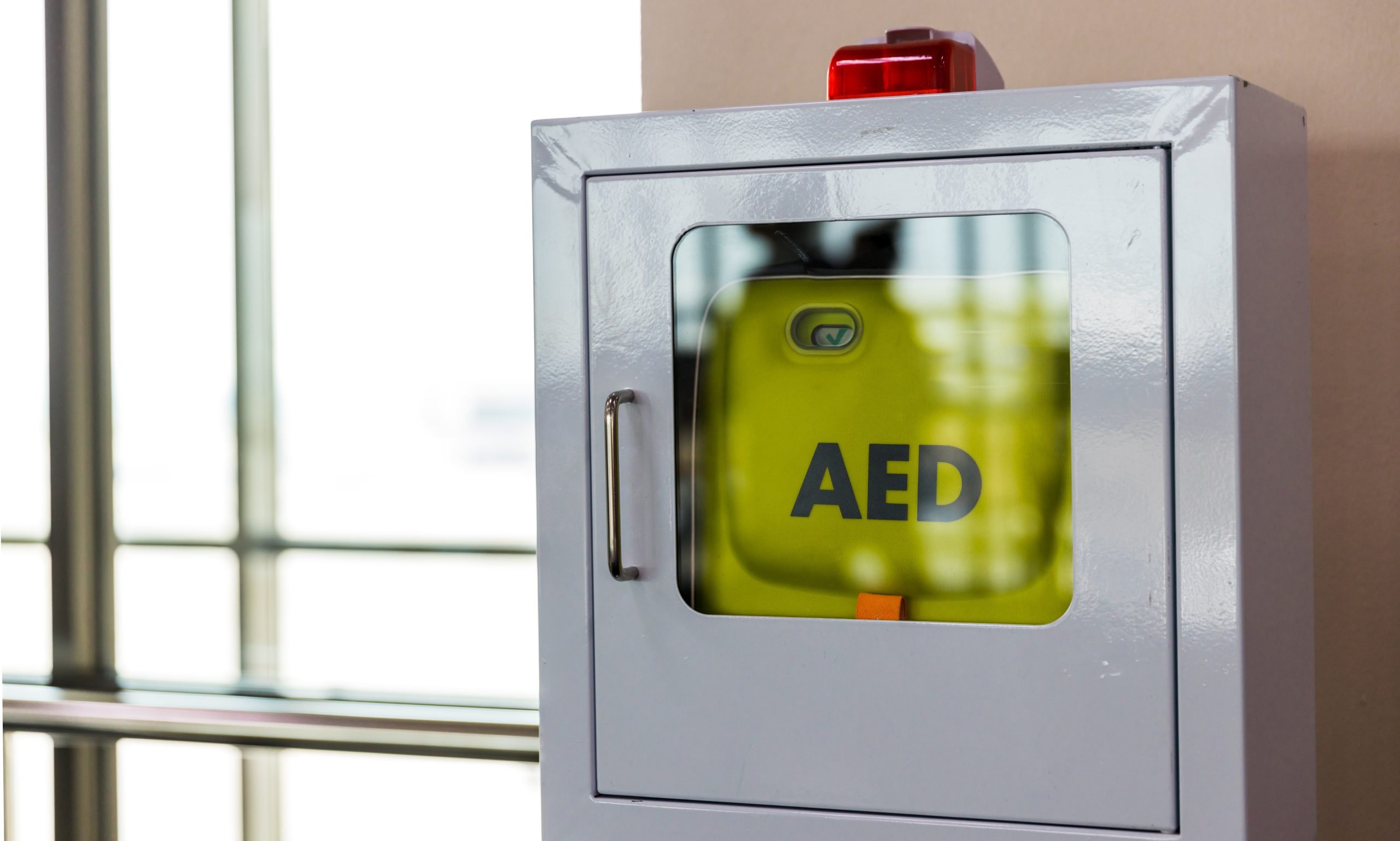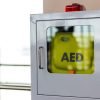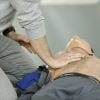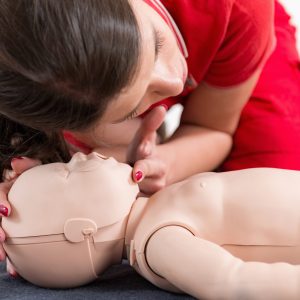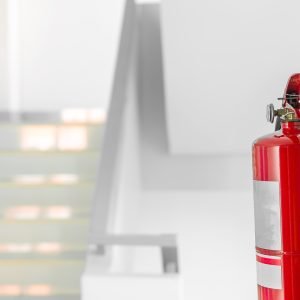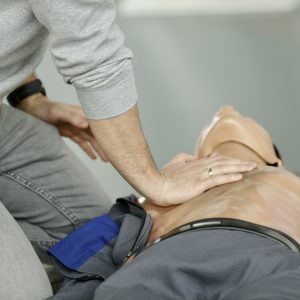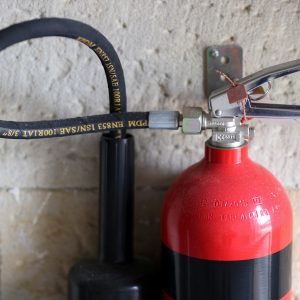HABC Level 2 Basic Life Support Certification and Automated External Defibrillator (AED) use
Basic Life Support Certification and Automated External Defibrillator training (AED) is recommended for first aiders at work who have access to a defibrillator.
When someone suffers cardiac arrest, responding quickly with a defibrillator can save their life. Studies have shown that prompt defibrillator use significantly increase survival rates especially when you have completed Automated external defibrillator training.
What is a defibrillator?
A defibrillator, also known as an automated external defibrillator (AED), is a portable device that analyses a person’s heart rhythm. If needed the machine delivers an electric shock to reset the heart’s electric pulses. This shock helps restore a normal heart rhythm, allowing blood to circulate effectively.
Key features of a defibrillator are:
Automated operation: AEDs provide clear audio and visual instructions to guide the user through the entire process, from attaching the electrodes to delivering the shock.
- Electrode pads: Defibrillators have adhesive electrode pads that are placed on the chest of the person suffering cardiac arrest. These pads detect the heart’s electrical activity and deliver the electric shock when required.
- Rhythm analysis. The defibrillator’s built-in software analyses the heart’s electrical rhythm to determine whether a shock is needed. It can differentiate between shockable rhythms, such as ventricular fibrillation (VF) or ventricular tachycardia (VT), which require defibrillation, and non-shockable rhythms, such as asystole or pulseless electrical activity.
- Safety features: Defibrillators have safety features that ensure the shock is only delivered when necessary. These features include impedance monitoring, which measures the patient’s chest impedance to determine if a shockable rhythm is present, and a shock button that must be pressed by the user to initiate the shock.
- Portability: AEDs are compact and lightweight, allowing them to be easily transported to different locations. They are usually found in public place like airports, community centres, leisure centres, shopping centres and workplaces.
What to expect from the course
This course gives learners the confidence and knowledge to operate a defibrillator in an emergency and deliver basic life support.
The course takes approximately 5 hours to complete. Learners are assessed for certification through practical demonstrations and their oral responses to questions.
Certification
Successful learners are awarded HABC Level 2 Basic Life Support and use of an Automated External Defibrillator (RQF) certificate.
Have you seen our other first aid courses?
You might also be interested in HABC Level 3 Emergency First Aid at Work.
If you would like more information on our bespoke First Aid courses give our team a call to day on 08000 786 056 or contact us here.

